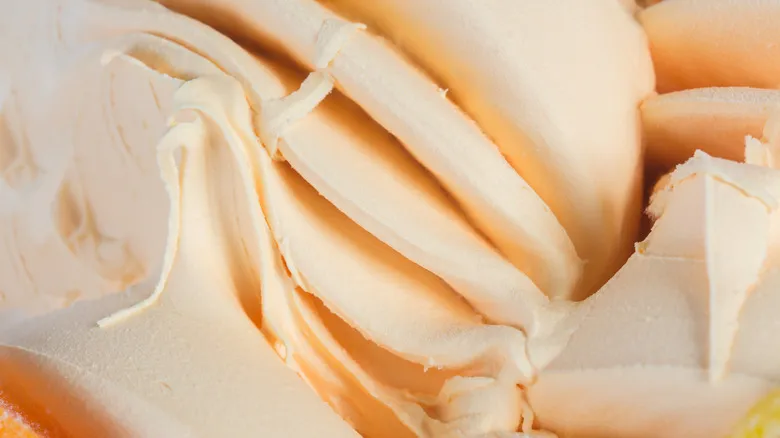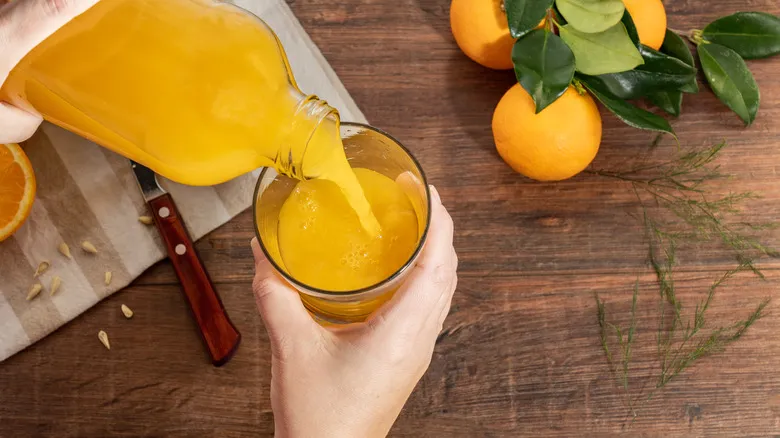Custard contains eggs

If you've come across the term "custard" and wondered if it refers to the same thing as frozen custard, the answer is both yes and no, depending on the context. Here, we're focusing on frozen custard, but it's important to note that regular custard is a distinct dessert that isn't frozen. Think of it as the smooth, gelatinous vanilla pudding or the creamy base of a berry trifle.
Frozen custard is essentially the frozen counterpart of a similar recipe, which is what sets it apart from soft serve and other ice creams. Just as traditional custard is made with eggs to achieve its thick, jelly-like consistency, frozen custard also incorporates eggs, resulting in a richer, creamier texture compared to most other frozen desserts that primarily use milk.
While not as commonly found in mainstream markets as other frozen treats, custard carries a nostalgic, comforting, and homemade vibe. It evokes the feeling of flipping through a recipe book from generations past or enjoying a dessert lovingly prepared by your grandmother. However, it's important to note that not just any frozen dessert made with eggs qualifies as custard; the USDA has established specific criteria. A custard recipe must contain at least 1.4% egg yolk solids, and the milk fat must account for a minimum of 10% of the mixture. You can even create your own version and enhance it with chocolate, berries, fresh peaches, or crumbled cookies for an indulgent, rich treat.
Soft serve's texture sets it apart

Nostalgia is inextricably linked to a towering swirl of soft serve. This delightful treat evokes memories of childhood, summer days, and carefree moments. Typically dispensed from a self-serve machine offering vanilla, chocolate, or a delightful mix of both, soft serve isn't found in the ice cream aisle. Instead, it graces ice cream shops, restaurants, and numerous theme parks.
As its name implies, there's no need to chip away at a frozen block of ice cream here; soft serve is naturally smooth, airy, and light. It’s easy to pour into a cup in delightful swirls, and it’s best enjoyed quickly before it begins to melt. While both soft serve and ice cream share the same fundamental ingredients—milk, sugar, cream, and more—soft serve usually contains less milk fat than traditional ice cream, resulting in its light, airy texture and irresistibly slurpable consistency.
The magic happens inside the soft serve machine from which it’s dispensed. This machine is essential to the process, as it churns and freezes the ingredients simultaneously, producing a final product that’s kept at just the right temperature to remain soft without melting. If you're yearning for this nostalgic treat, your best option—unless you have a time machine to revisit those childhood summers—is to visit one of the top soft serve spots across the U.S. or find a local ice cream shop that serves classic cool delights.
Recommended

The No-Fail Blender Method For Quick, Easy Hollandaise Sauce

Here's How Long Orange Juice Stays Fresh After Opening

Martha Stewart's Crave-Worthy Upgrade For Tuna Salad

The Common Fish With The Highest Consumable Mercury Levels
Next up

